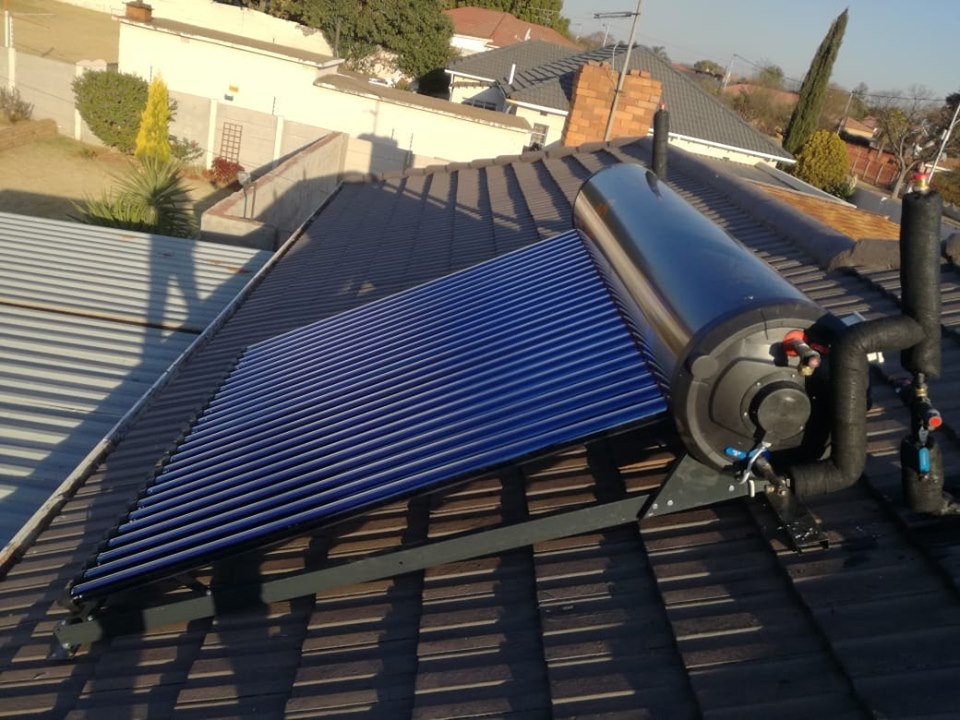Getting My Homeowner's Guide to Going Solar - Department of Energy To Work

Solar inverters convert the DC power to A/C power by performing the process of optimal power point tracking (MPPT): solar inverter samples the output Power (I-V curve) from the solar battery and applies the correct resistance (load) to solar batteries to obtain optimal power. MPP (Optimum power point) of the photovoltaic panel includes MPP voltage (V mpp) and MPP present (I mpp): it is a capacity of the solar panel and the higher worth can make higher MPP.
This is known as the "Christmas light effect". Micro-inverters work separately to make it possible for each panel to contribute its optimum possible output for a provided quantity of sunlight. Market-share of PV innovations since 1990 Many solar modules are presently produced from crystalline silicon (c-Si) solar batteries made of multicrystalline and monocrystalline silicon.
How Do Solar Panels Work? - Photovoltaic Cells - Live Science - Questions
They produce a relatively high-efficiency conversion for the low cost compared to other solar innovations. Likewise, high-cost, high-efficiency, and close-packed rectangular multi-junction (MJ) cells are ideally utilized in solar panels on spacecraft, as they provide the highest ratio of produced power per kg raised into area. MJ-cells are compound semiconductors and made of gallium arsenide (GaAs) and other semiconductor products.
In stiff thin-film modules, the cell and the module are manufactured in the exact same production line. The cell is created on a glass substrate or superstrate, and the electrical connections are developed in situ, a so-called "monolithic combination". The substrate or superstrate is laminated with an encapsulant to a front or back sheet, typically another sheet of glass.
/cdn.vox-cdn.com/uploads/chorus_asset/file/18280859/sean_solar_panels_190620_0002.jpg)
Facts About Solar Panels - Greentech Media Revealed
Amorphous silicon has a sunlight conversion rate of 612% Versatile thin film cells and modules are created on the same production line by transferring the photoactive layer and other needed layers on a flexible substrate. If the substrate is an insulator (e. g. polyester or polyimide movie) then monolithic integration can be utilized.

The cells are put together into modules by laminating them to a transparent colourless fluoropolymer on the front side (normally ETFE or FEP) and a polymer suitable for bonding to the last substrate on the other side. Find Out More Here of companies have actually started embedding electronic devices into PV modules. This enables perfor